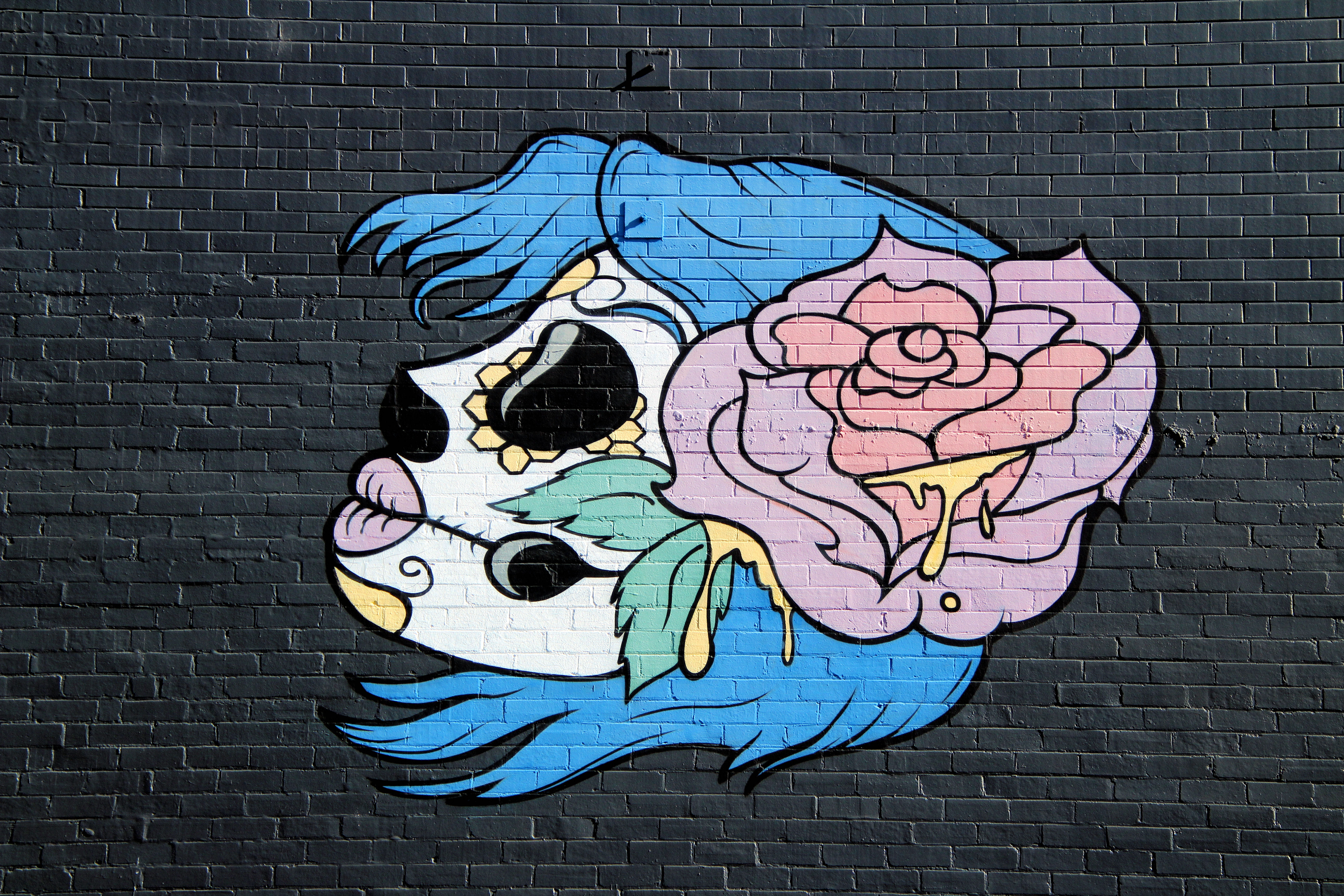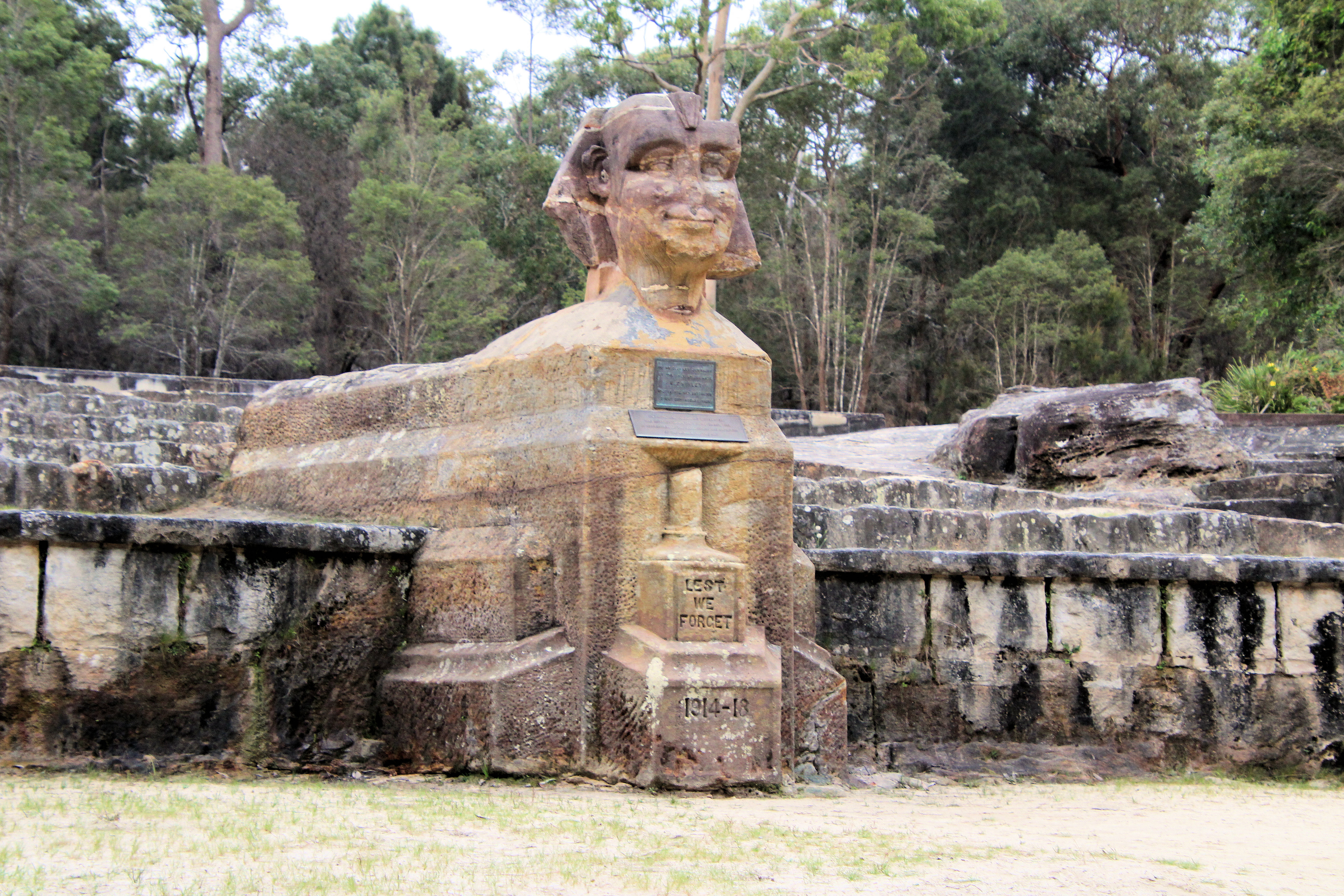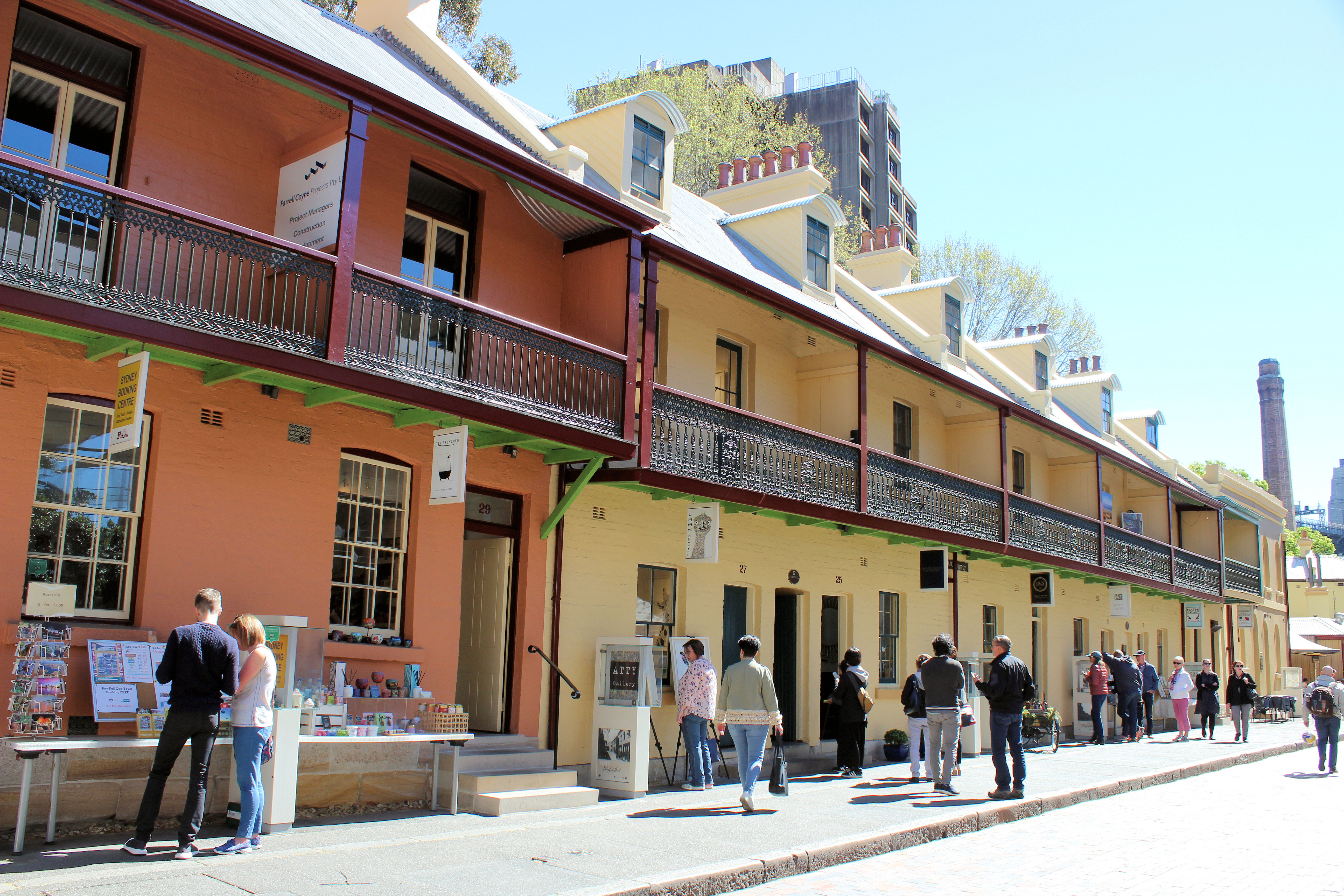Category: Sculpture
-
Newcastle Street Art

There are several places to find street art in Newcastle, although it is not as widespread as in other cities. In the city centre there is a collection in Morgan and Newcomen streets. Civic Lane near the old Civic Railway Station also has some interesting art works on the backs of some buildings. Further afield,… Read more
-
Sphinx Memorial Ku-ring-gai Chase National Park

Sphinx Memorial Ku-ring-gai Chase National Park Located near the North Turramurra Gate and the Lady Davidson Private Hospital, the Sphinx Memorial commemorates the fallen soldiers of World War One. Restored and rededicated in 1995, the memorial now has had a new lease of life. Made from local sandstone by 5756 Private W. T. Shirley as… Read more
-
The Rocks Sydney

The Rocks The Rocks is one of the oldest areas of Sydney, and as such it has many historically important buildings to visit. We started our walk near the Fortune of War hotel and the old restored police building next door. Walking through the archway nearby we went to Nurses Walk and looked at the… Read more